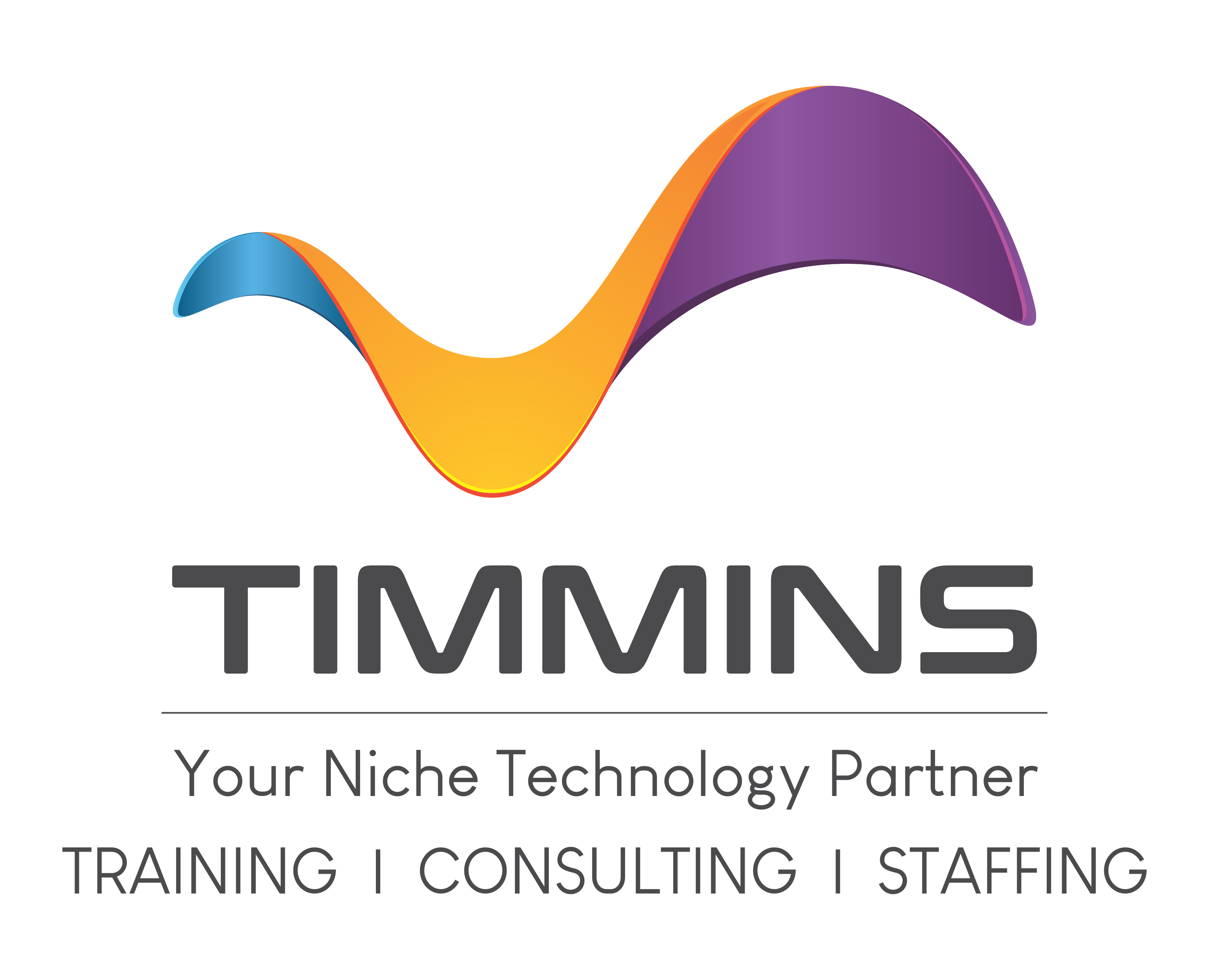
Course Content
Section outline
-
Module 1: Introduction to the Linux Kernel (1 hour)
- Overview of Linux Kernel Architecture.
- Kernel Space vs. User Space.
- Key Kernel Components and Role of Kernel Modules.
Module 2: Setting Up the Development Environment (2 hours)
- Cross-Compilation Tools for Embedded Linux.
- Configuring and Compiling the Linux Kernel.
- Using Yocto/Buildroot for building embedded distributions.
- Setting up serial communication and debugging tools.
Lab: Configuring a development environment with Buildroot and GCC Toolchain.
Module 3: Writing and Compiling Kernel Modules (2 hours)
- Writing a Hello World Kernel Module.
- Using
insmodandrmmodfor loading/unloading modules. - Kernel Logs and Debugging with
dmesg.
Lab: Writing and compiling a simple kernel module.
Module 4: Kernel Programming Essentials (2 hours)
- Kernel Data Structures and Memory Management.
- Using
kmallocandkfree. - Working with Character Device Drivers.
Lab: Creating a simple character driver for basic data exchange.
-
Module 5: Developing Embedded Device Drivers (2 hours)
- Introduction to Linux Device Drivers.
- Working with hardware registers and memory mapping.
- Writing and Registering Character Device Drivers.
Lab: Writing a basic GPIO driver for an embedded board.
Module 6: Interrupt Handling and Synchronization (2 hours)
- Interrupt Request (IRQ) handling.
- Working with Bottom Halves, Tasklets, and Workqueues.
- Synchronization Primitives: Spinlocks, Semaphores, Mutexes.
Lab: Implementing interrupt handling for GPIO inputs.
Module 7: Kernel Debugging and Optimization (2 hours)
- Debugging Tools: GDB, KGDB, ftrace, perf.
- Diagnosing Kernel Crashes and Kernel Oops.
- Performance Profiling using perf.
Lab: Debugging a kernel crash using ftrace and dmesg.
Module 8: Integrating Kernel Modules with User Space (1 hour)
- Exposing Kernel Modules via
/procand/sys. - Communicating between Kernel Modules and User Space.
- Practical Examples: GPIO, I2C, and SPI Devices.
Lab: Creating a sysfs entry for controlling an LED.
